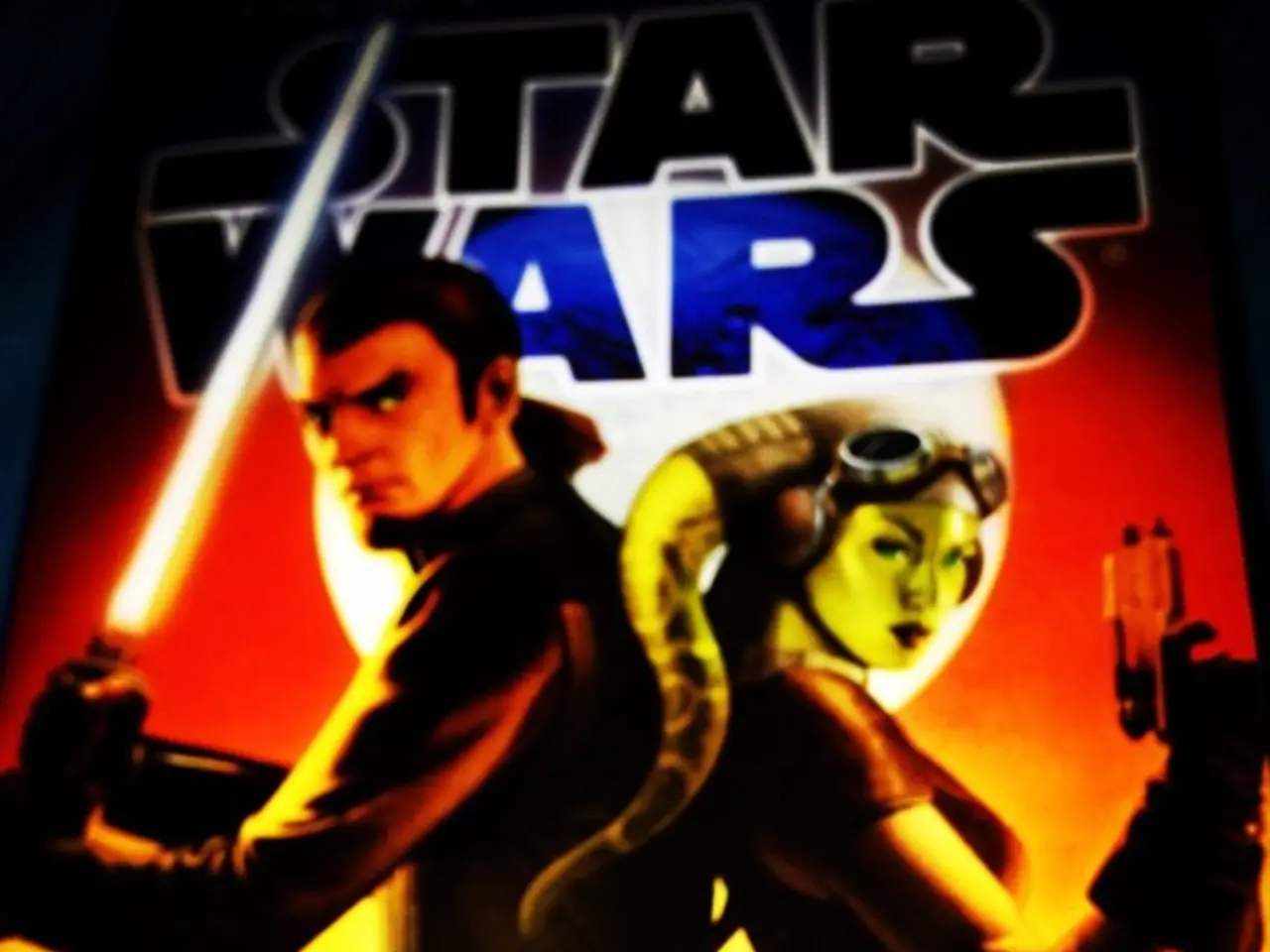Tips for Scriptwriting by Learning from Animated Films
================================================================
In the captivating world of animated cinema, storytelling is a delicate balance of character development, plot twists, and visual storytelling. Here are some essential lessons from renowned animated films that can help you craft engaging, memorable stories.
Visual Storytelling: The Power of Visuals
Visual elements play a crucial role in enriching the narrative, as demonstrated by films like "Moana" and "Inside Out." By effectively using visuals, animators can add depth and emotion to their screenplays, making the stories more impactful.
Plot Twists: Keys to a Captivating Tale
Plot twists are essential in keeping the audience intrigued and add layers to the story. Unexpected revelations, such as the one in "Coco," enrich the narrative and keep viewers on the edge of their seats.
Character-Driven Plots: The Core of the Story
Stories are more engaging when centered around a character’s clear, primal desire. Classic animated shorts like Looney Tunes have shown that stories are more effective when the plot evolves naturally from the character's struggle to fulfill that desire.
Consistent World-Building: The Foundation of Fantasy
Even if the world is absurd or fantastical, its rules must be consistent. This consistency allows the story to bend or break these rules meaningfully and engage the audience.
Simple Goals with High Stakes: The Emotional Engine
The objective should be straightforward and emotionally charged for the character, like survival or love. Stakes need not be globally monumental but must feel crucial to the protagonist.
Mastering Pacing and "Show, Don't Tell": The Art of Storytelling
Effective animation storytelling uses visual action, facial expressions, and dialogue to reveal emotions and information, avoiding exposition-heavy scenes.
Subverting Expectations: Keeping Stories Fresh
Understanding genre conventions lets writers surprise the audience by intentionally defying typical tropes, keeping stories fresh and engaging, as Bugs Bunny famously does.
Tight Dialogue: Every Word Counts
In animated movies, dialogue should be concise and purposeful, as every word affects production time and cost. Emphasizing the importance of tight scripting to maintain audience engagement and efficient storytelling.
Integrating Screenplay Elements with Visual Design
Animated movies often use visual storytelling tools like color scripts and lighting to underscore emotional arcs, highlighting the importance of integrating screenplay elements with visual design to enhance narrative impact.
Humour: A Pivotal Role
Humour is a pivotal role in animated movies like "Shrek." Techniques like situational comedy and visual gags can be used to incorporate humour in animated movies.
Conflict: The Engine that Drives a Story
Conflict is the engine that drives a story, and it keeps the audience invested. External conflict, such as the betrayal by Hans in "Frozen," can further drive the plot and heighten the stakes.
Relational Conflict: Adding Emotional Weight
Relational conflict, like Anna and Elsa's strained relationship in "Frozen," adds emotional weight to the story.
Analyzing and Refining Your Script
To analyze and refine your script effectively, consider using tools like Final Draft and Adobe Story. Analyzing your screenplay critically can help you refine and enhance your narrative.
Notable Screenwriters in Animation
Hayao Miyazaki, Pete Docter, and Andrew Stanton are notable screenwriters who have contributed to animation.
Emotional Tone and Musical Numbers
Songs like "Part of Your World" from "The Little Mermaid" set the emotional tone, helping the audience connect with the character. Musical numbers can reveal character traits and motivations, as seen with "Hakuna Matata" in "The Lion King."
Professional Script Analysis Services
Greenlight Coverage offers professional script analysis services, and you can get 5% off with code 5OFFNOW.
By applying these screenwriting lessons from animated movies, you'll be well-equipped to craft engaging, memorable stories that resonate with audiences.
- The visual design of a fashion-and-beauty blog can be as impactful as the storytelling in animated films, using striking images and color schemes to emphasize emotional arcs.
- In a lifestyle magazine, food-and-drink sections can surprise readers by subverting culinary expectations, just as Bugs Bunny subverts cartoon conventions.
- Education-and-self-development resources should offer clear, concise advice – like dialogue in an animated movie – and integrate visual design elements to help students grasp complex concepts more easily.




